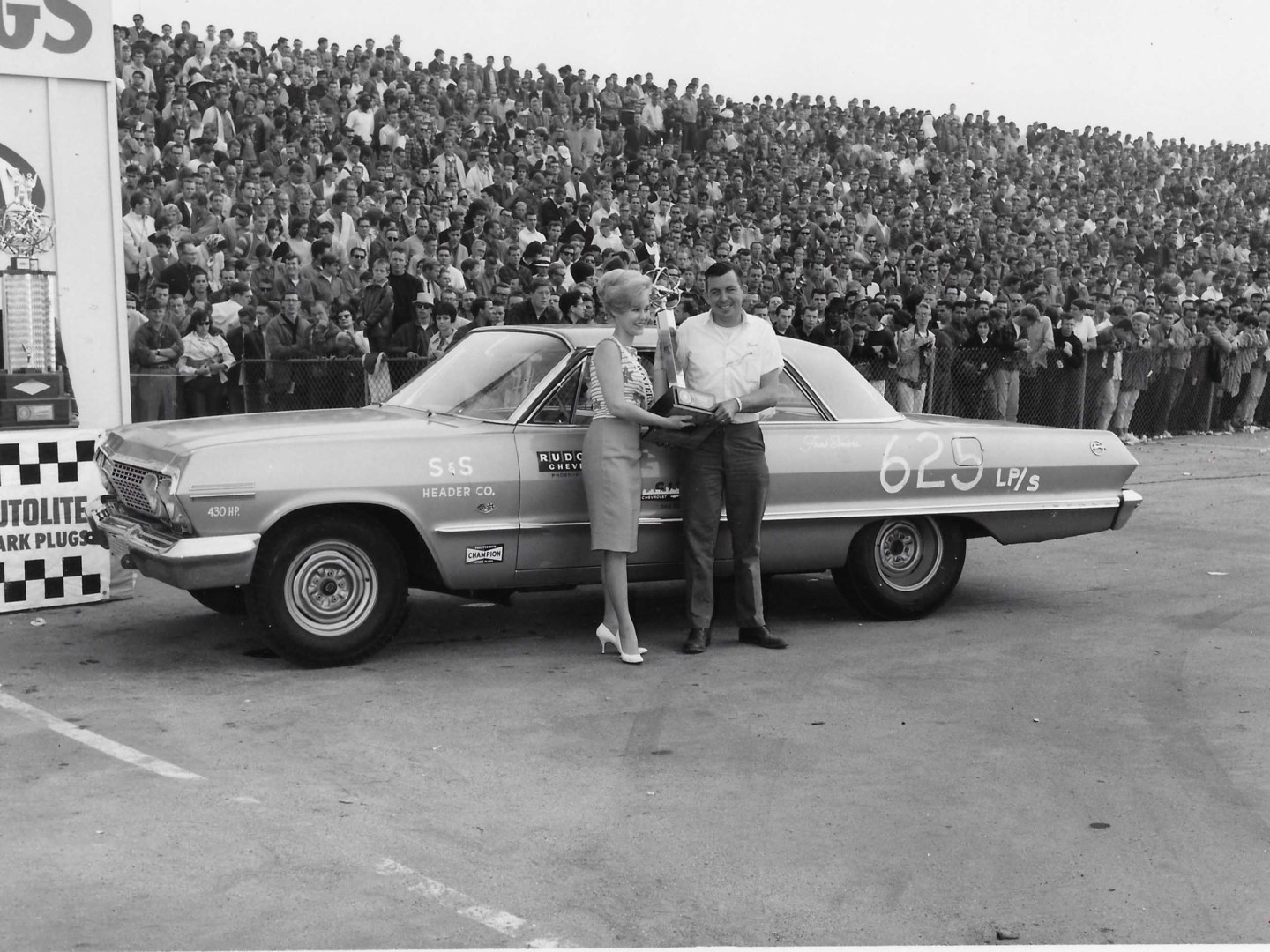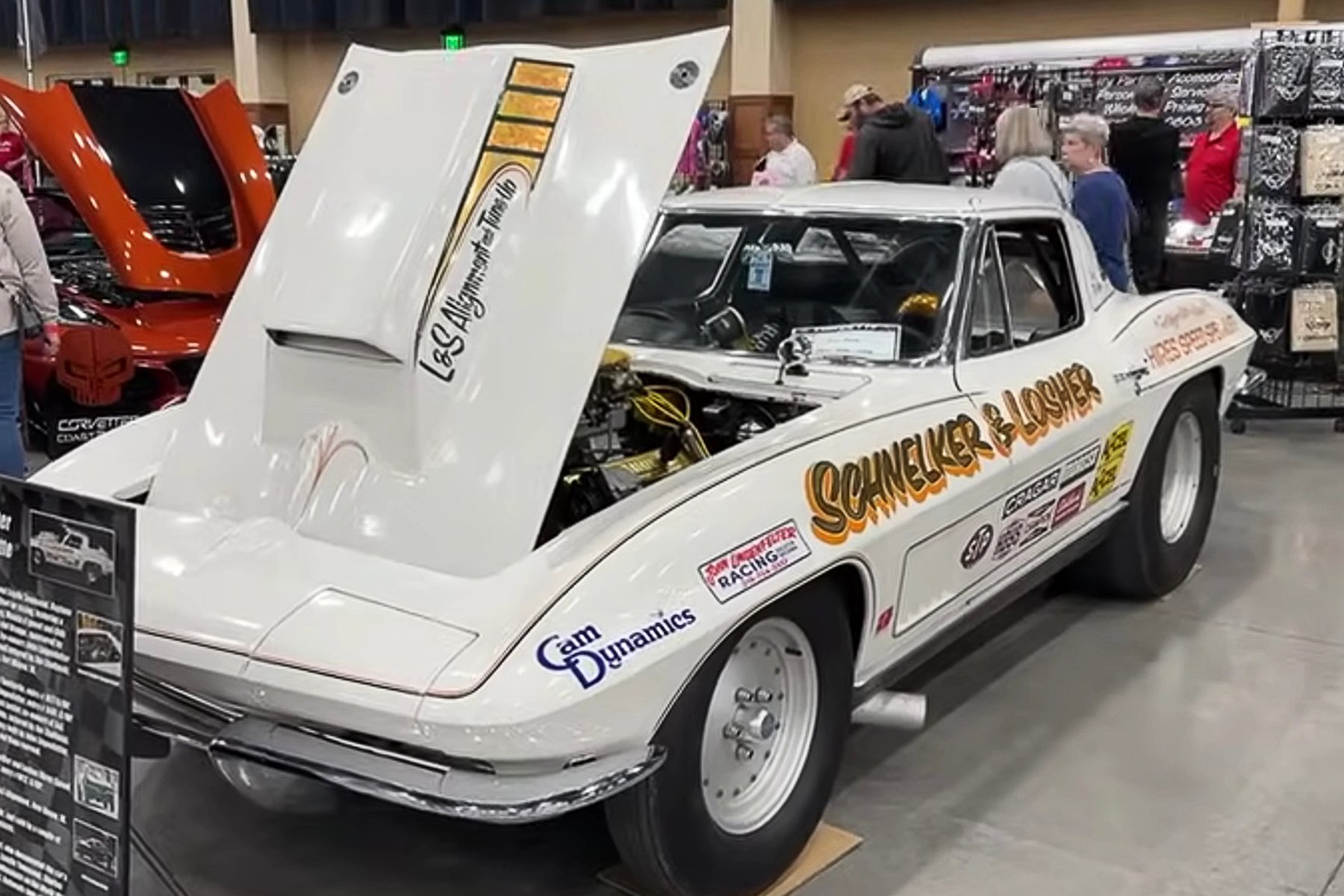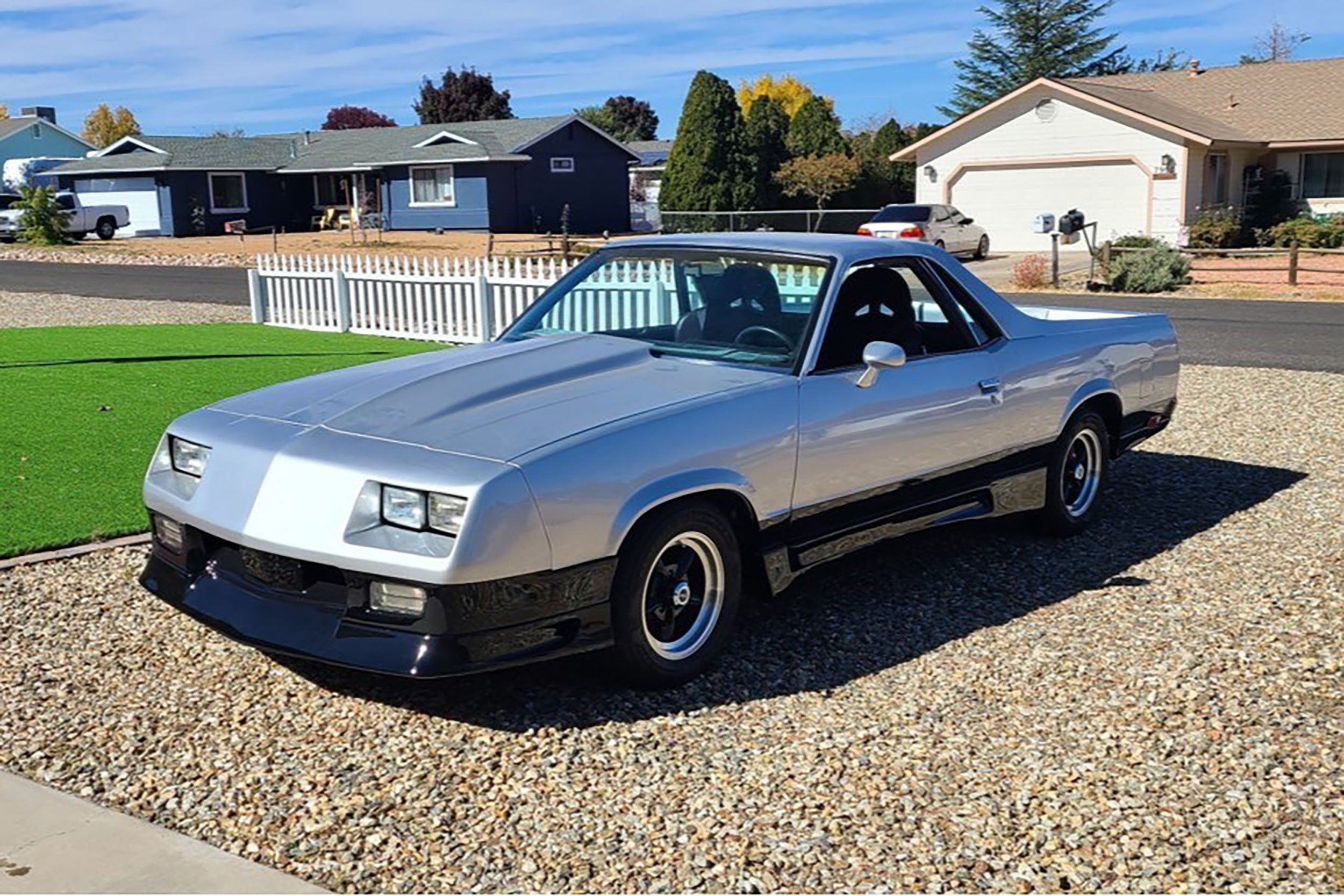When you’re speaking about rare Chevys, there are many factors that can set a particular car apart from the pack. In the case of Roger Sortino’s 1963 Z-11 Impala, there are several that contribute to the car’s rarity. Sure, only a few more than 50 cars were produced with this ultra-high-powered option, but what sets Roger’s Chevy apart is what all transpired since it left the factory.
Making A Z-11 Impala
One of the biggest deviations from other common-production Impalas built in ’63 is what the General called Regular Production Option (RPO) Z-11. These cars were dreamed up in the minds of enthusiastic automotive engineers and were signed off on by executives who wanted to give their customers whatever they wanted. These cars made their mark just as the muscle car era was starting to pick up steam, and interestingly, they stood as the pinnacle of performance for some time afterward.

RPO codes are company-wide designations for options or packages. In 1963, Z-11 was the highest-performing Impala you could purchase.
Beginning as a top option in 1958 within the company’s Bel Air line, the Impala’s price tag included special trim, a deluxe interior, and the option of a 315 horsepower, 348 V8 engine. Due to its popularity, Impala became its own distinct model the following year and sales numbers and performance continued to soar. The Super Sport badge appeared in 1961, and true to its name, only the higher-performing 348 engines, or the then-new 409 could be had within Impala SS trim.
GM engineers were trying to squeeze more performance into the proven “W-engine” by boring and stroking the engine to make the ever-popular 409 powerplant. In addition to more cubic inches, GM’s in-house power merchants also added an aluminum intake manifold wearing a four-barrel carburetor, solid lifter camshaft, and an 11.25:1 compression ratio. GM built one good thing upon another by adding second carburetor atop the 409 in 1962. With the additional fueling of dual, four-barrel carbs and a new, lighter valvetrain, the 409 now produced an impressive one-horsepower-per-cubic-inch. It wasn’t the first engine to claim this ability, but it was the largest one to date.

The “W-motor” grew in size from 348 cubic inches early on to a competition-shattering 427 cubic inches in the Z-11 package.
Chevrolet was on a roll, and the very next year, GM engineers showed they still had a trick or two up their sleeves. With a high-performance, solid-lifter camshaft, the highest-performing 409 put out a reported 425 horsepower. Idolized in songs, stories, and history books, the “409 Impala SS” ruled the roost as a force to be reconned with on the street. For the track, engineers at GM pulled out all the stops and took their beloved Bowtie to the ragged edge of performance.
As anyone who has studied (or lived during) this time in automotive history knows, auto manufacturers were competing with each other to get higher-performing cars in the dealers’ showrooms as much as their customers were competing with those cars on the street or strip. To help secure their domination on the big oval and the dragstrip, auto manufacturers were using terms such as “Hemi” or “Thunderbolt” to strike fear at the green flag. The engineering and marketing team at Chevrolet decided to stay stealthy and issue their secret weapon with an unassuming, lowly RPO code: Z-11.
The Z-11 engine was treated to a special, early version of the cowl induction system to help fill those larger ports in the heads and special intake. Dual, four-barrel Carter AFB carbs reside under the air cleaner lid.
When a customer, typically only those in the know and well-connected within GM, would check the Z-11 option, it would swap out a list of creature comforts in the name of speed and performance to build one of the most radical Chevys created up to that time. To start, cushy items such as a radio, heater, sway bars, and any sound-deadener were left in boxes on the production line.
Instead, cool items such as a four-speed transmission, a specially-built W-motor, and a list of more than two-dozen lightweight, aluminum components including the hood, fenders, bumpers, and many frontend parts were added to the car. The ever-popular 409 engine was treated to a stroker crankshaft, a hefty boost in compression (13.5:1), better breathing heads with larger ports, and a special two-piece aluminum intake that still wore a pair of four-barrel carbs. The upgraded 409 now displaced 427 cubic inches and churned out a reported 430 horsepower.
Go fast goodies for the 1963 Z-11 package included more than twenty different weight-saving aluminum pieces as well as special vented, sintered-iron brakes borrowed from the Z06 Corvette. (Brake photo: Corvetteforum.com)
This combination created the stuff of legend on racetracks and dragstrips across the land, but their reign was cut short when GM entered into the Automotive Manufactures Association (AMA) ban on racing in 1963. The relatively high price of the performance option and GM’s refusal to openly participate in racing meant there were very few Z-11 Impalas ever created. The Impala name would go on, but the Z-11 performance variant was cut down in its prime. Many sources put the total number of production at only 57 units, a low enough number for Roger’s ride to enjoy “rare” status, but that’s just the tip of the iceberg.
Making A Name For Itself
In that short time, before the legal beagles shut down the fun, Z-11-optioned Impalas hit the competition hard, bringing trophies and championships home in their voluminous trunks. Since Z-11 Impalas were built with the purpose of competing, many of the like-new cars found themselves being flogged on dragstrips or big ovals on a daily basis. Roger’s particular Z-11 made a name for itself one quarter-mile at a time.
The original owner of this secret-weapon Impala was Frank Sanders and history shows that he regularly used this car for its intended purpose. With Frank at the wheel, this car won 19 of the 20 races it participated in throughout the 1963 season and was the first “stock” drag car to exceed 120 mph in a quarter-mile run. Frank was able to win the NHRA Winternationals’ “Limited Production” class title and further used his tuning and driving prowess to secure the “Drag News” No. 1 spot throughout the entire 1963 season.
Retaining History
Reliving the exciting moments these cars witnessed during their short stint in the spotlight makes for a glorious history, but the reality is, they were built with a single purpose in mind. The fact that they served that purpose so well wasn’t really appreciated until many years after they suffered the fate of many old, well-used race cars. While the Impala nameplate has enjoyed a broad offering of restoration parts and services today, many of the specific parts that comprised the Z-11 option have been lost to the ages. Oftentimes, cars were stripped of their go-fast goodies and the rest of the body was left for dead.
The interior retains most of the original parts from when Frank competed in the car. The only difference is that the Hurst shifter now protrudes from the new carpeting.
Thankfully, this is not the case for Frank’s fierce competitor. In fact, Roger tells us this is believed to be the only Z-11 to retain its original driveline. This is an amazing tribute to Frank’s shifting abilities and a huge factor when you consider how this car was used when it was driven off the trailer. The car amazingly retains most of the components it left the factory with so many years ago, including its Aqua interior. The car still boasts the factory tachometer, bench seat, heater and radio delete plates, and floor shifter. Even Frank’s personal take on “line lock” was still present when the car was treated to a refresh years ago. The inside was treated to a new carpet and the outside received a shiny layer of Azure Aqua paint. Production numbers show this as the only Z-11 painted in this shade.
In all of the car’s originality, there is one deviation from its factory-stock trim. Those S&S headers didn’t come from the GM assembly plant and they weren’t offered by Chevrolet and stuffed in the trunk for shipping. Truth is, back when Frank was competing with this car, he was also the owner of S&S Headers, a company known for excellent service and quality craftsmanship well into the 21st Century. With the high level of championship wins this car has secured, we can surmise they worked pretty well too.
After its racing career, this Z-11 Impala remained in California and Arizona until it was fully refreshed and moved into climate-controlled storage. Thanks to the unprecedented care this car enjoyed, so many of those hard-to-find and unique lightweight parts stayed with it throughout the years, making this one of the most original examples of one of the wildest, purpose-built brawlers to come out of this era. It is a fine example of a rare-optioned Impala that fate has shined upon with a history only it can share. That’s why, if you’re looking for the meaning of rare, this car clicks all the boxes!












